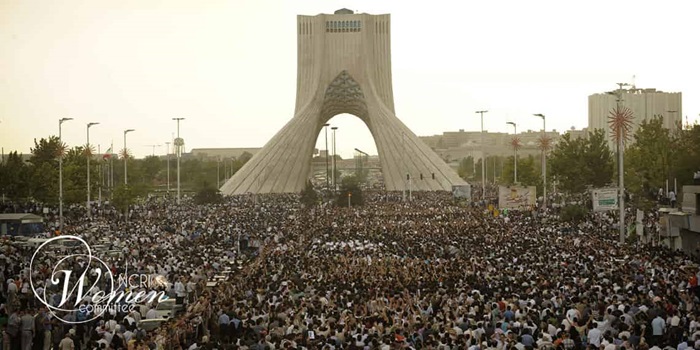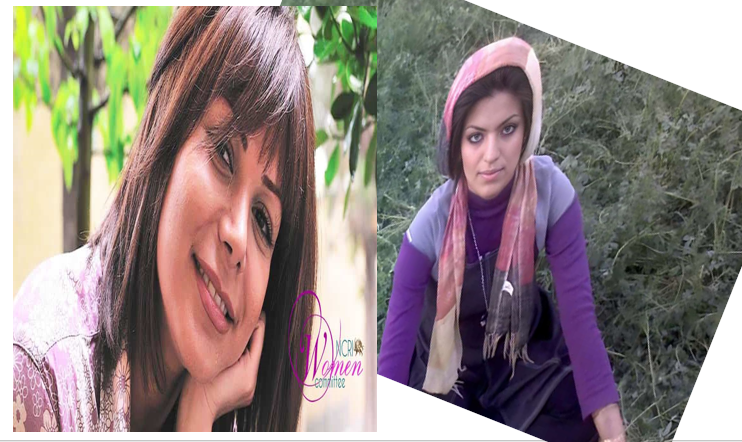
The 2009 protests in Iran were sparked by the manipulated results of the 10th round of presidential elections declared on June 12, 2009.
An integral aspect of the uprising was the substantial involvement of women at the forefront. International news agencies consistently highlighted the demonstrators’ admiration for the bravery and guidance demonstrated by women.
These spirited women led chants as they surged to the front of the crowd, courageously returning teargas canisters launched by regime agents at the protesters, and swiftly aiding in the evacuation and treatment of the wounded.
On June 13, Agence France-Presse (AFP) reported that the protesters in one of the capital city’s main squares chanted, “death to the dictator.” Hundreds of other protesters were gathering near the Interior Ministry in the center of Tehran, also chanting, “death to the dictator.” The protesters threw stones at the forces sent to repress them; the regime’s forces responded with batons. Female protesters on Vali-e-Asr Street were beaten by anti-riot forces on motorbikes.

The crackdown resulted in numerous arrests, injuries, and deaths. Three women, Fatemeh Salahshour, Sorour Borumand, and Fatemeh Rajabpour, were among those slain during the 2009 protests in Iran that day.
June 20 was another high point during the 2009 protests in Iran. Most of the main streets and squares in Tehran were controlled by the SSF, military forces, and plainclothes agents. Despite the intimidating show of force, women, students, and youth stood steadfastly at the front lines of the demonstration and started their protest from Enghelab Avenue.

Neda Agha-Sultan, 27, was shot dead on June 20, 2009, in Tehran’s Amir-Abad neighborhood. The short clip of her death, captured on a cell phone and posted online, found its way to the rest of the world. Neda’s face became the symbol of the 2009 uprising. According to Time Weekly, her death was the most watched video of a human being’s death in history.
Maryam Soudbar, 21, a university student, was hit in the head with a baton and died after returning home from the protest march of June 20. Her father revealed that the coroner’s office had confirmed that Maryam died from a blow to the head. However, if the doctor wrote that in the death certificate, the family would never receive their daughter’s body.

MEK Iran (follow us on Twitter and Facebook), Maryam Rajavi’s on her site, Twitter & Facebook, NCRI (Twitter & Facebook), and People’s Mojahedin Organization of Iran – MEK IRAN – YouTu







